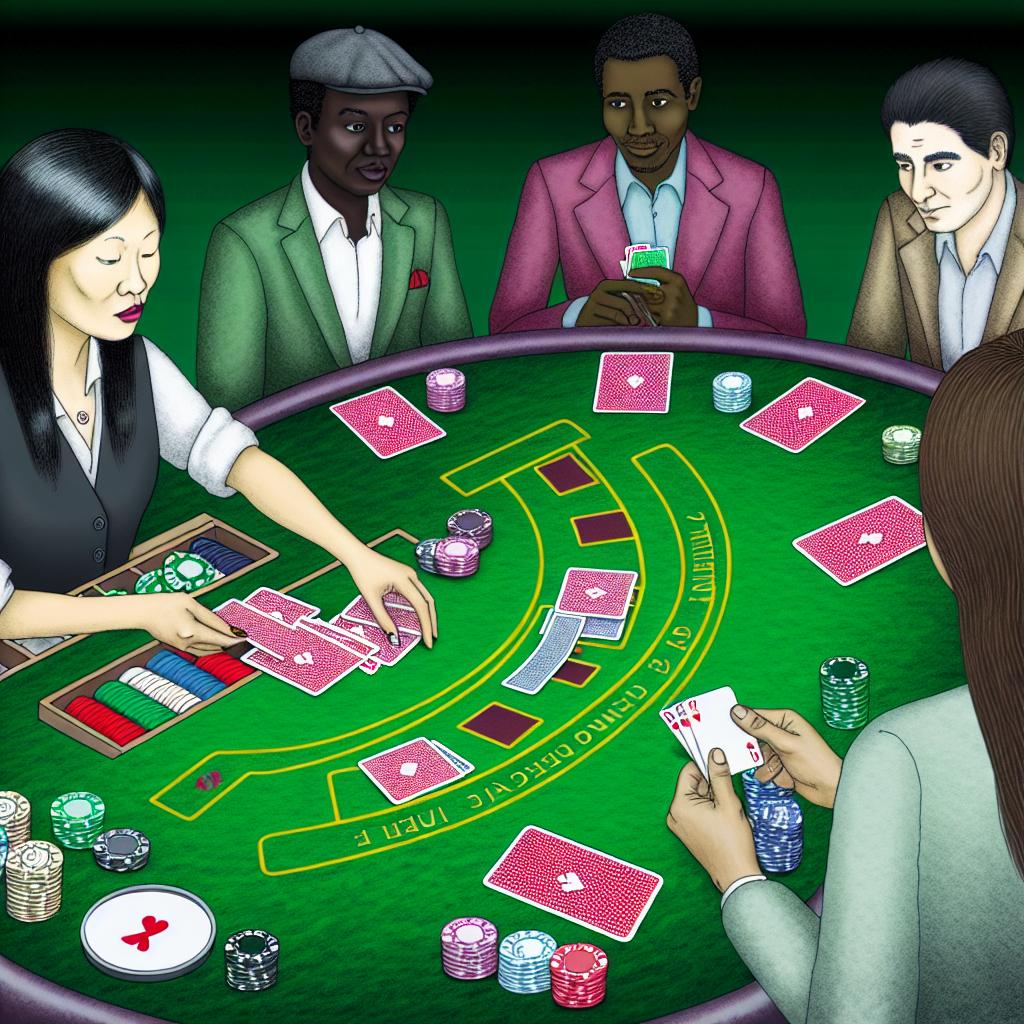Understanding Blackjack
Blackjack, known globally as 21, commands a prominent presence in both bustling casinos and cozy home gaming environments. The allure of blackjack lies in its straightforward objective: players compete against the dealer to achieve a card total as close to 21 as possible, ensuring they do not exceed this threshold. Typically, the game involves one or several standard 52-card decks, adding layers of complexity and challenge to the experience.
Basic Rules of Blackjack
Blackjack’s charm also stems from its simplicity. At the core is understanding the intrinsic value attached to each card. Cards numbered 2 through 10 hold their face value. In contrast, face cards, including Jacks, Queens, and Kings, are valued uniformly at 10. The Ace is unique, offering flexibility; it can be counted as either 1 or 11, depending on which total provides the most advantageous hand.
The commencement of a blackjack game involves each participant receiving a pair of cards. Concurrently, the dealer receives two cards, typically with one card placed face up. This initial showcase of the dealer’s hand influences players’ subsequent decision-making processes.
Gameplay Options
During a blackjack game, participants encounter various strategic choices, each designed to enhance their probability of success or mitigate potential losses.
Hit: Selecting a “hit” allows the player to draw an additional card in hopes of improving their hand’s total value. Nonetheless, caution is warranted; should the player’s total exceed 21, they “bust,” resulting in an automatic loss.
Stand: Opting to “stand” means the player decides to retain their current hand total, refraining from drawing additional cards.
Double Down: This strategy enables players to double their initial bet after evaluating their first two cards. In exchange for raising the stakes, players receive just one additional card to finalize their total.
Split: When dealt two equally-valued cards, players have the opportunity to split them into separate hands. Each hand is played independently, necessitating an additional bet matching the original wager for the new hand.
Surrender: In certain gaming establishments, a surrender option allows players to concede their hand in exchange for recovering half of their bet, potentially limiting overall losses.
Dealer’s Play
Once players make their decisions, attention shifts to the dealer’s hand. The dealer’s actions are bound by stringent rules; typically, they must continue to draw cards until their hand totals at least 17. If the dealer’s total exceeds 21, all remaining players automatically win that round. If the dealer and a player do not bust, the comparison of hand values determines the winner. The hand closest in value to 21, without going over, prevails.
Winning and Payouts
Victory in blackjack manifests in several scenarios, often influencing the payout structure:
Natural Blackjack: Achieving a natural blackjack, where the initial hand totals 21 (comprised of an Ace and a 10-value card), is especially rewarding. This scenario typically offers a payout ratio of 3 to 2.
Regular Win: Winning by having a hand closer to 21 than the dealer results in a 1 to 1 payout.
Insurance Bet: If the dealer’s face-up card is an Ace, participants may opt for an insurance bet. This secondary wager is designed to protect against the dealer achieving a blackjack. If successful, insurance pays 2 to 1.
As players delve deeper into the nuances of blackjack, many resources stand ready to enhance understanding and strategic depth. Exploring detailed guides or specialized casino strategy platforms can provide valuable insights and bolster one’s proficiency in this enduring game of chance and skill.
For those eager to refine their blackjack skills, understanding the fundamental aspects of card counting, bankroll management, and probability calculations can offer strategic advantages. While not directly within the scope of this article, eager learners may find it beneficial to seek additional resources that align with their desire to master the intricacies of blackjack.

